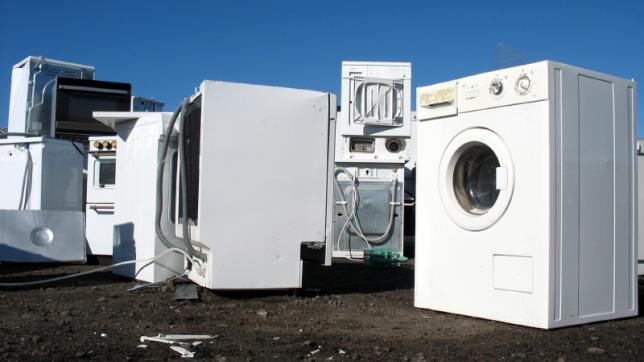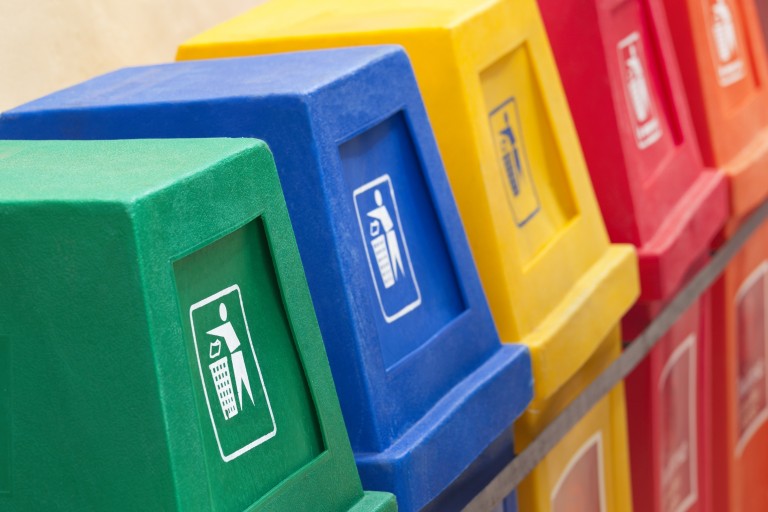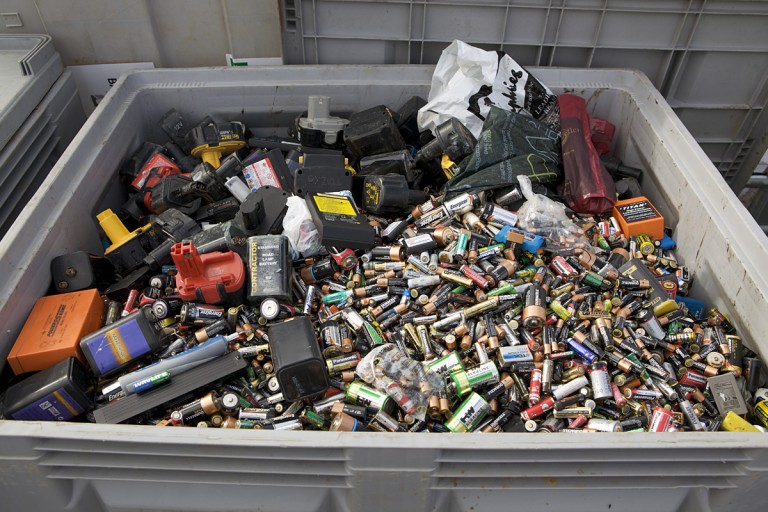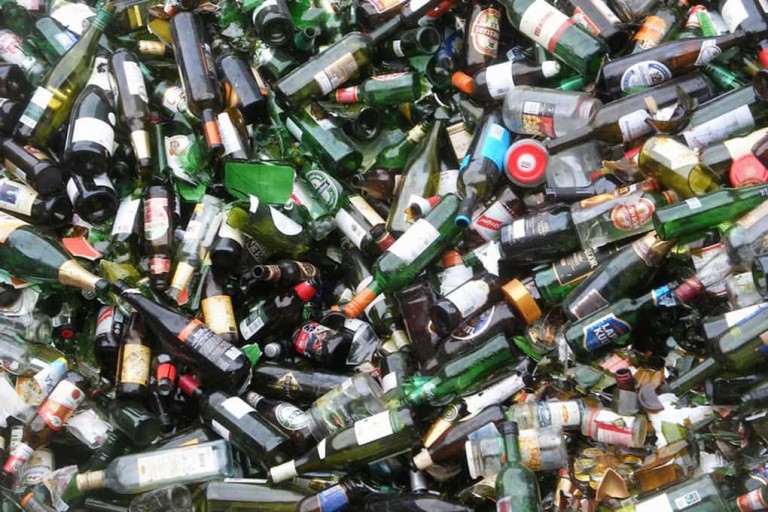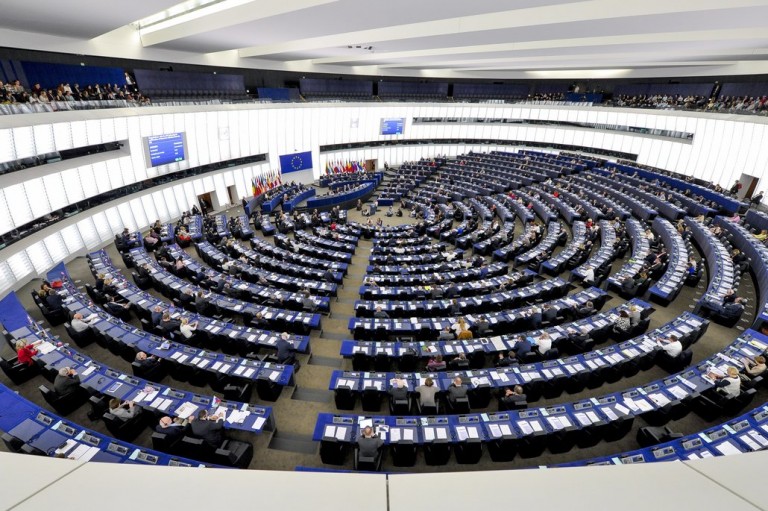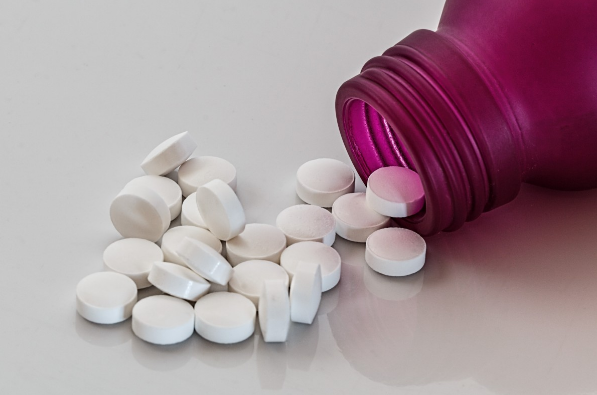Which waste is hazardous?
What is hazardous waste?
Modern people generate waste in their daily lives, which is more and more like a quantity . These are mainly products from various activities and productions.
Wastes are most often classified according to their composition and properties When they pose a risk to human health and the ecological balance, they are treated as hazardous.
The reason is that they themselves can be poisonous, toxic, corrosive, infectious or have other harmful properties with which to endanger nature. Wastes with similar characteristics require extremely precise treatment during their collection, transportation, storage and possible processing.
In recent decades, humanity has faced the growing problem of environmental protection, directly related to production and other social activities. In this regard, more than 170 countries have adopted the Basel Convention , which concerns the control of hazardous waste and its transboundary movement. The document outlines rules for reducing their toxicity and amounts worldwide.
Which groups of waste are classified as hazardous?
The various public sectors can be a source of hazardous waste, and their mode of origin predetermines their division into household, industrial and construction.
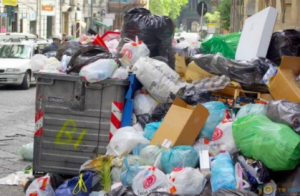
Household
Every household today throws away more waste than in the past. This is due to the increasing use of various medications, chemicals, adhesives, oils, varnishes and other similar materials in the home. go to the garbage containers of every home, hotel, office, office building, shops, etc.
In turn household hazardous waste can be divided into several main subgroups:
- chemicals and preparations
- varnishes and adhesives
- mercury-containing appliances
- inks and contaminated packaging
- expired medications.
Municipalities in the country have an obligation to organize the transportation of such waste, which is disposed of by households. And to have a system for collection and treatment, so as not to pollute the total amount of household waste. This can have serious consequences for the quality of life. For example, the amount of mercury in a fluorescent lamp is enough to contaminate and render unusable 30,000 liters of water.
Production
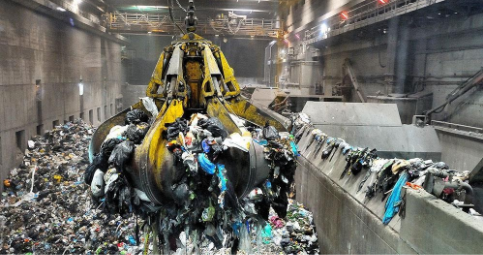
This category includes the waste generated from human production activities. These are various oils, paints, chemicals, heavy metals and others. Every company must comply with environmental regulations, because the generated industrial waste poses a significant risk to people and nature. Depending on the activity of the companies, they invest in treatment plants, filters or recycling systems to protect against pollution. water, soil and air.
Construction
As their name suggests, construction waste is mainly generated during repair, construction and demolition activities. Most often these are:
- colors
- varnishes
- scrap metal that is contaminated with hazardous substances
- cables containing oils or asbestos insulation.
- Other hazardous substances are with content of polyaromatic hydrocarbons , some additives to cement, mineral fibrous materials and others.
Some of them are completely dangerous, while others contain dangerous substances or elements, which classifies them as garbage that poses a danger to the population and nature.
The group of hazardous waste includes another category – radioactive , in which control and security measures are in the highest degree and are regulated by countries strictly by international agreements. Sources of this type of waste are the production of nuclear energy, the extraction of radioactive ores and the activity of research laboratories.
Disposal of hazardous waste
In Bulgaria there is a Law on Waste Management. It regulates all issues related to their safe treatment as the main goal is a minimum risk to the population and nature.
In the management and disposal of hazardous waste, the process is significantly more complex and requires more costs. The reason is that equipped transport and warehouses, the application of specialized methods of storage and handling are needed. Last but not least, specially trained staff.
With regard to hazardous waste generated by households, there are already applicable schemes for their disposal. Increasingly, they are collected by municipalities with the established practice of announcing dates, several times a year, on which the waste is to collect. Sometimes they are transported by the household itself upon prior request.
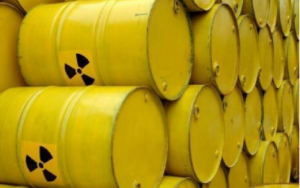
There are also points that work on a preliminary schedule, where people can hand over hazardous waste themselves. After their collection, household hazardous waste is recycled or disposed of. Each municipality has an obligation to develop a functioning hazardous waste collection system.
The sources of industrial and construction hazardous waste are obliged to hand them over to companies that have a permit for transport and disposal of the dumped garbage.
The treatment and transportation of industrial hazardous waste also complies with the requirements of international regulations , the task of which is to reduce as much as possible the negative effects on air, land, soil and water pollution or the risks to the health of the population as a whole.
According to the regulations, the process of disposal of hazardous waste must be carried out in designed and reconstructed for the purpose facilities and installations. The prescribed measures refer from the moment of collection, through storage, disposal to recovery in order to achieve the maximum reduction of the harmful impact of waste on the health of the population and on the environment.
Hazardous waste in our country is stored in specialized regional landfills and companies , but there is almost no capacity available for their disposal. For example, the safe management of medical waste is associated with its disposal.
Their generator is medical and health establishments (public and private), which are obliged to have programs for waste management programs and to have concluded contracts with transport companies for waste transfer for further treatment, by incineration in incinerators. Such rubbish can have a detrimental effect on human health, on nature and on public safety.
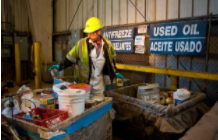
Part of the hazardous waste is recycled, to obtain new products. However, most of them are transported abroad, where there are installations available for their disposal.
According to the European Agreement concerning the International Carriage of Dangerous Goods by Road , all undertakings whose activities involve the transport of dangerous goods by road or related packaging and loading and unloading activities must have a Safety Consultant.
The responsible task of the consultant includes various activities in order to have as few risks to people and the environment as possible. For this purpose, there are companies in our country that offer qualified services in the field of ecology.
